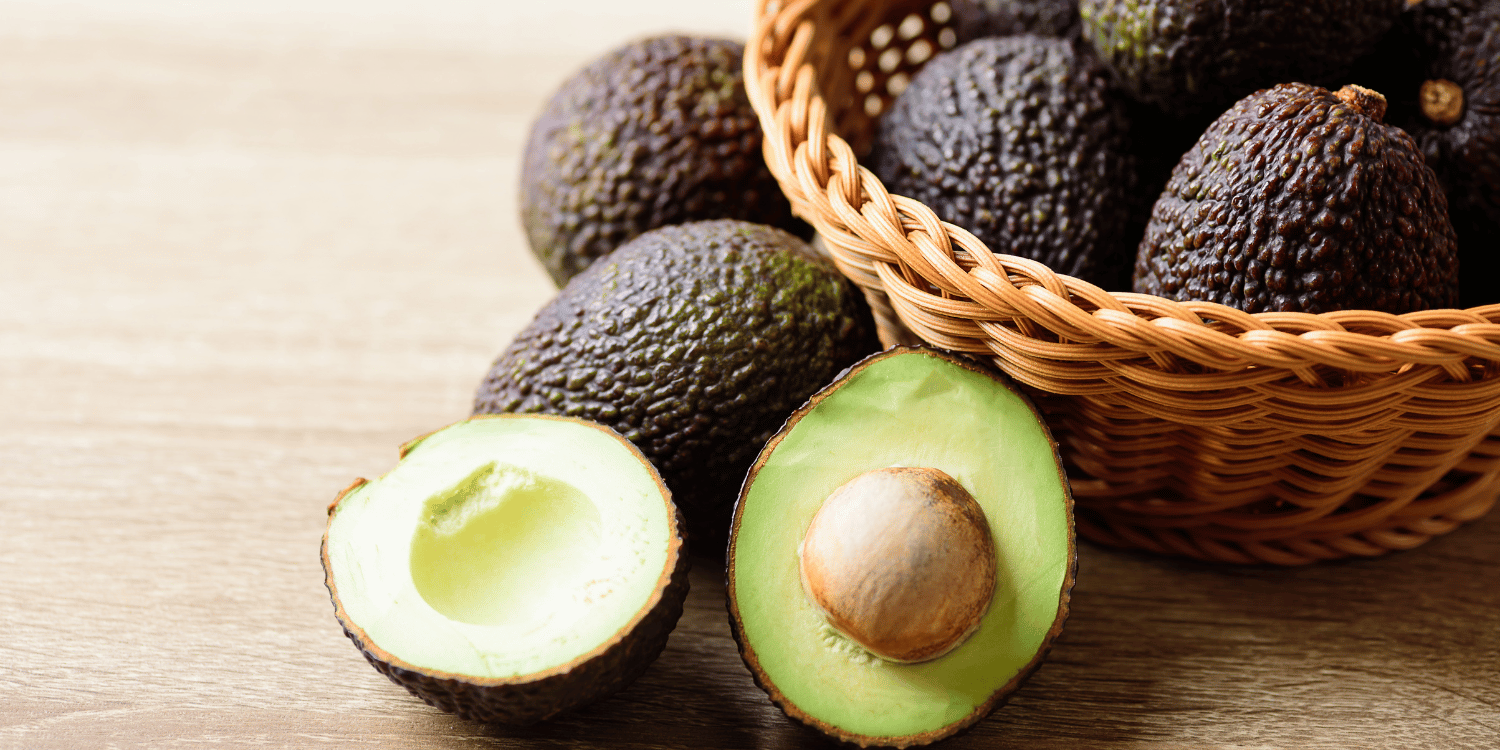Moderate increases in grocery costs contribute to a slowdown in overall inflation, with experts predicting continued stability in food prices for the coming months.
Year-over-year inflation in the United States has cooled significantly, dropping below 3%, according to the latest Consumer Price Index (CPI) report. This decline is largely attributed to stable grocery prices, which have helped temper overall consumer price increases. In July, consumer prices saw a modest rise of 0.2%, bringing the annual inflation rate to 2.9%.
One of the standout findings from the report is the moderate increase in the price index for food at home, which rose by only 1.1% over the past year. Specific categories such as meats, poultry, fish, and eggs experienced a 3% rise, while the index for cereals and bakery products remained unchanged. On the other hand, the indexes for fruits and vegetables, as well as dairy and related products, both declined slightly by 0.2% over the same period.
In contrast, the inflation index for food away from home, which includes food service, showed a more substantial increase, rising 4.1% over the last 12 months. Within this category, limited-service meals saw a 4.3% rise, while full-service meals climbed by 3.8%.
Andy Harig, Vice President for Tax, Trade, Sustainability, and Policy Development at FMI, highlighted the significance of these trends. “Today’s CPI numbers show that the pace of year-over-year inflation continues to moderate, with food prices remaining a bright spot in the data relative to other sectors like shelter and transportation services,” Harig said in a statement. He emphasized that the modest 1.1% increase in food-at-home inflation is a testament to the economic viability of home-cooked meals for families managing their food budgets, especially when compared to the 2.9% overall inflation rate.
Harig also referenced the USDA’s food price outlook for July, which predicted a 1% increase in food-at-home prices for the remainder of 2024 and a further 0.7% rise in 2025. This forecast, he noted, should give consumers additional confidence that grocery inflation is likely to continue its downward trend, provided there are no unforeseen disruptions.
Another encouraging sign, according to Harig, is the minimal increase in the food manufacturing Producer Price Index (PPI), which rose by less than 0.1%, despite significant increases in certain food supply chain inputs like energy.
This suggests that overall supply chain cost pressures are easing, which could further contribute to stable or declining food prices in the near future. “Taken together, the economic outlook for food prices remains positive,” Harig concluded, while also cautioning that unexpected events could still pose risks. Nevertheless, the indicators point to continued progress in addressing food price inflation, which is promising news for both the food industry and consumers.




















